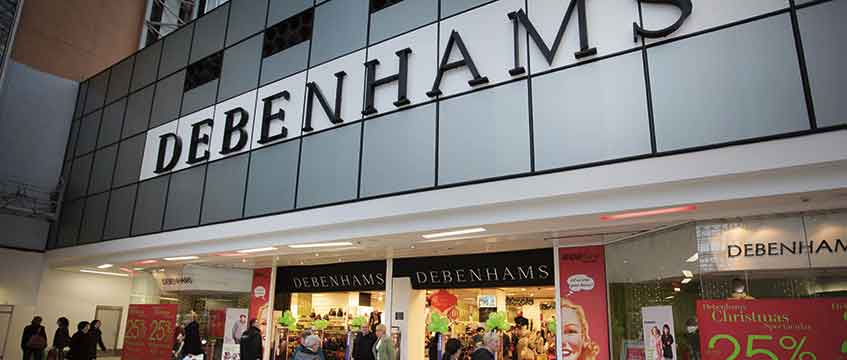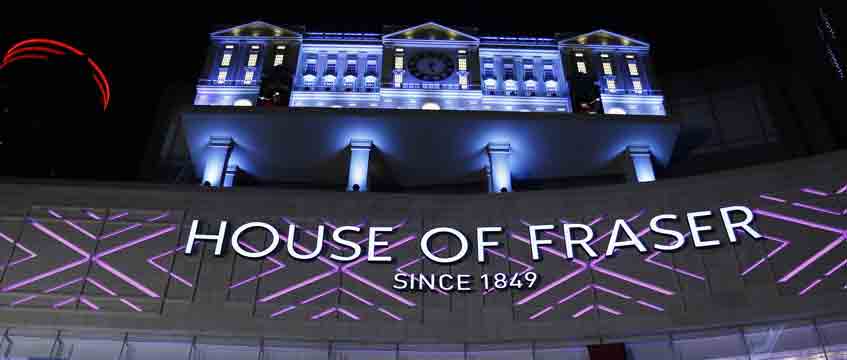Debenhams and House of Fraser were this week formally added to the list of high street retailers whose financial woes could be compounded by administration and store closures in 2018.
Together, the department store chains have a portfolio of more than 22m sq ft, according to EG’s Radius Data Exchange figures.
House of Fraser drafted in advisers to examine options for accelerating its restructuring yesterday.
Its Chinese owner Sanpower has appointed KPMG to explore the possibility of a CVA, months after it informally asked store landlords to substantially cut its rents.
Debenhams this week posted an 85% drop in profits and said it was looking to formally exit around 25 stores that are up for lease renewal over the next five years. A further 30 stores are set to be “right-sized.”
Last month, market leader John Lewis announced that its profits were down by 77% and that staff would receive their lowest annual bonus since 1954.
The three bastions of UK retail together occupy more than 31m sq ft of space on the high street.
With a raft of CVAs and administrations blighting the high street already this year, what does this mean for the department store sector?
Once seen as pivotal anchors in the country’s largest shopping centres and high street destinations, the fabled department store has struggled to adapt and reinvent in an age of retail evolution.
According to Radius Data Exchange figures, House of Fraser and Debenhams have 221 operating stores in the UK.
RETAIL CRISIS: Everything you need to know
Many of the largest stores across the UK are still locked into long term leases, a trend the market has moved away from in recent years to increase physical flexibility.
When combined with the vast amount of rent across these stores, that lack of flexibility becomes a real cost issue.
With average store sizes for Debenhams and HoF standing at 95,000 sq ft and 113,000 sq ft respectively, its easy to see how those portfolios become a financial burden.
So, are department stores fighting a losing battle?
The rise of the internet
Aside from their seeming inertia in terms of physical consolidation, perhaps the it is the failure to adapt to a changing market that could be their death knell.
The rise of internet spending has no doubt added pressure to retailers by changing the way that consumers actually shop.

The necessity for having the biggest store to sell the most concept is dated. Showroom stores in prime locations do still work, as they showcase the brand that many shoppers trust and even feel an emotional resonance with.
But consumer malaise can be difficult to change.
Department stores face a unique challenge of having the USP of selling everything, but figuring out how to sell that concept to shoppers when they can access everything online is a huge test.
The spectre of BHS
One question that Debenhams and HoF – and even John Lewis – must be now asking themselves, is how to avoid the turmoil and fall from grace suffered by BHS back in 2016.
Landlords will also be evaluating the performances of these stores closely.
Around 1.6m sq ft across 12 stores of the Debenhams and HoF portfolio can be found under the intu umbrella, the most of any landlord.
This also begs the question: is this one of the reasons Hammerson pulled out of the proposed £3.4bn takeover this week?
The acquisition of potential volatile space and insecure income could certainly have been a factor in the decision.
To send feedback e-mail james.child@egi.co.uk or tweet @jamesChildEG or @estatesgazette











